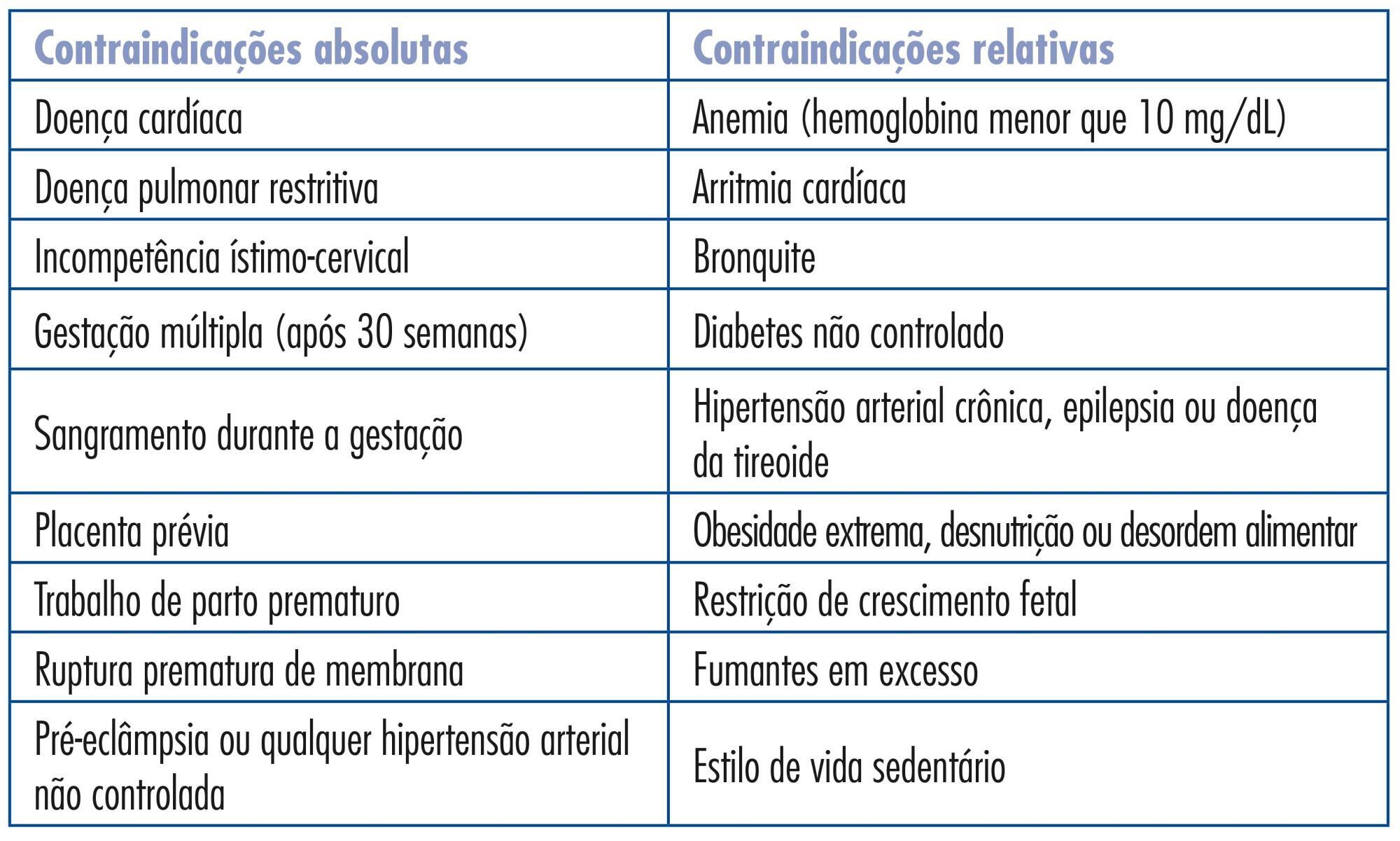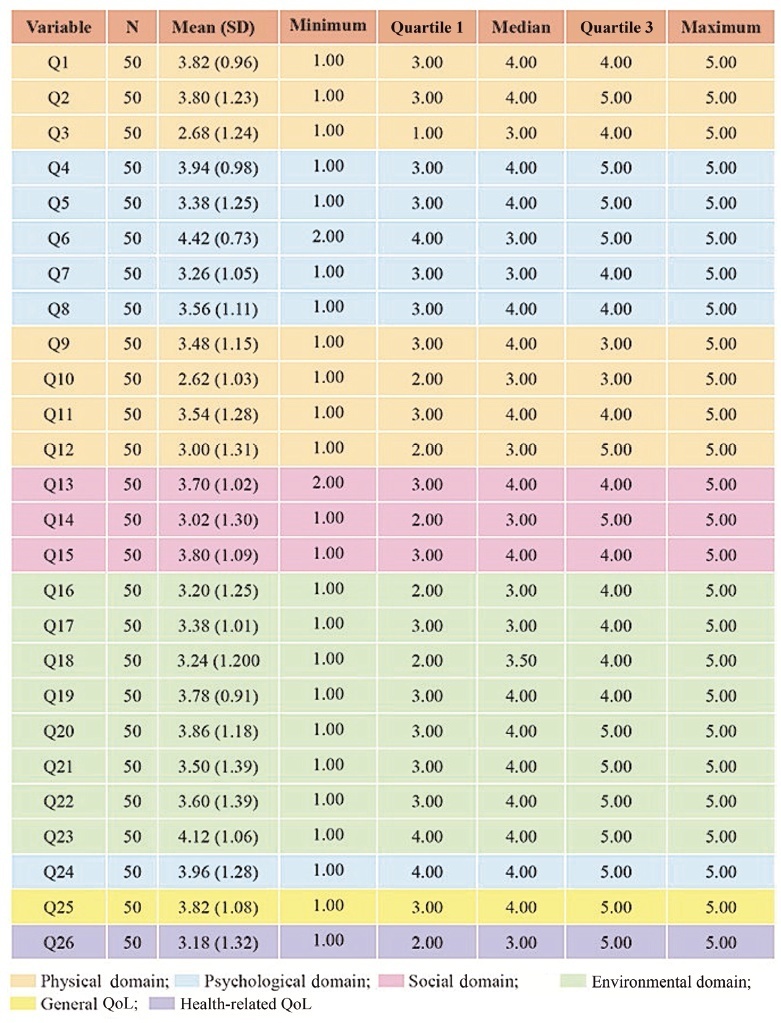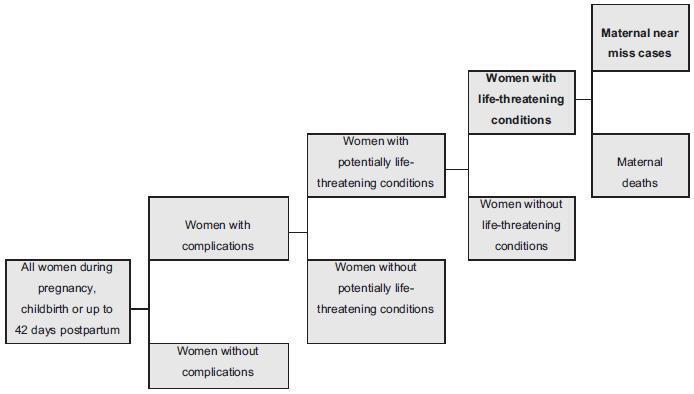You searched for:"Fernanda Garanhani Surita"
We found (38) results for your search.Summary
Revista Brasileira de Ginecologia e Obstetrícia. 2014;36(9):423-431
DOI 10.1590/SO100-720320140005030
Physical exercise is recommended for all healthy pregnant women. Regular practice of exercises during pregnancy can provide many physical and psychological benefits, with no evidence of adverse outcomes for the fetus or the newborn when exercise is performed at mild to moderate intensity. However, few pregnant women engage in this practice and many still have fears and doubts about the safety of exercise. The objective of the present study was to inform the professionals who provide care for Brazilian pregnant women about the current recommendations regarding physical exercise during pregnancy based on the best scientific evidence available. In view of the perception that few systematic models are available about this topic and after performing several studies in this specific area, we assembled practical information of interest to both the professionals and the pregnant women. We also provide recommendations about the indications, contraindications, modalities (aerobics, resistance training, stretching and pelvic floor training), frequency, intensity and duration indicated for each gestational trimester. The review addresses physical exercise recommendation both for low risk pregnant women and for special populations, such as athletes and obese, hypertensive and diabetic subjects. The advantages of an active and healthy lifestyle should be always reinforced during and after gestation since pregnancy is an appropriate period to introduce new habits because pregnant women are usually more motivated to adhere to recommendations. Thus, routine exams, frequent returns and supervision are recommended in order to provide new guidelines that will have long-term beneficial effects for both mother and child.

Summary
Revista Brasileira de Ginecologia e Obstetrícia. 2018;40(8):437-443
To evaluate the social, obstetric and psychological risk factors related to repeat pregnancy in teenagers.
A case control study conducted at Centro de Atenção à Saúde Integral da Mulher (Caism, in the Portuguese acronym), in Campinas, Brazil, from 2015 to 2017. Three groups were selected: a case-group of adolescents who had repeat pregnancy and two control-groups, one consisting of adolescents who had delivered at first time and another one of adult women with more than one deliveries. Participants were asked about habits, socio-demographics characteristics, reproductive and obstetric history and assessed psychological issues.
Ninety women were enrolled, 30 in each study group. Adolescents with repeat pregnancy have lower self-esteem scores and more ineffective contraceptive use. When compared with teens at first delivery, they had less schooling level (odds ratio [OR] 4.03 [1.37-11.8]), more school abandon (OR 8.16 [2.36-28.2]) and drugs use (OR 4.97[1.39-17.8]). Non-white skin color (OR 6.2 [1.15-41.0]), drugs use (OR 17.5 [2.62-116.6]) and first sexual intercourse under 15y (OR 18.0[2.82-115.0]) were found as higher risk factors for repeat pregnancy when comparing adolescents and adults.Moreover, adolescents withmore than one gestation had lower self-esteem and greater susceptibility to unplanned pregnancy.
There was an association between repeat pregnancy among adolescents and lower education, early onset of sexual activity, non-white skin color, low use of contraception and increased use of drugs.
Summary
Revista Brasileira de Ginecologia e Obstetrícia. 2019;41(8):469-475
The aim of this study was to investigate the knowledge concerning gestational weight gain (GWG), nutrition, and physical exercise (PE) in pregnant women, and how to put them into practice.
A cross-sectional study with 61 pregnant women above 26 weeks of gestation, at the Woman’s Hospital, CAISM, University of Campinas. Questionnaires regarding the knowledge of healthy habits (HH) during pregnancy, sociodemographic data, and previous obstetric outcomes were applied. An educational guide with advice on HH during pregnancy and in the postpartum period was offered.
The average age of women was 28.7 ± 6.23 years, with 85% of them being married; 32% nulliparous; the average body mass index (BMI) before pregnancy was 25.4 ± 9.8 kg/m2, and themean number of years of schoolingwas 11.2 ± 3.8. Only 61%of the subjects had received any previous information about GWG during their antenatal care and were aware as to howmany pounds they should gain during pregnancy. Among the 61 women, 85% understood that they did not need to “eat for 2” and 99% knew that PE had benefits for their body and was safe for their baby. Half of the women practiced PE prior to pregnancy; however, only 31% continued the practice of PE during the pregnancy.
Despite understanding the need for HH during pregnancy, women still need encouragement to practice PE during pregnancy, as well as more information about GWG.
Summary
Revista Brasileira de Ginecologia e Obstetrícia. 2022;44(5):475-482
To assess the quality of life (QoL) of pregnant women with systemic lupus erythematosus (SLE) treated at a high-risk prenatal outpatient clinic during the third trimester of gestation.
An observational descriptive study was performed in a high-risk prenatal outpatient clinic. Women in the third trimester of pregnancy and undergoing antenatal care between July 2017 and July 2019 answered the abbreviated World Health Organization Quality of Life (WHOQOL-BREF) questionnaire, consisting of 26 questions divided into 4 domains (physical, psychological, social and environmental).
We interviewed 50 pregnant women with a mean gestational age of 30 weeks (standard deviation [SD]: 10 weeks) who were diagnosed with SLE. The average age of the participants was 30 years (SD: 14.85), and the average time since the diagnosis of SLE was of 9.06 years (SD: 6.8 years). Most participants had a partner, did not plan their pregnancy (76%), and did not use contraception prior to pregnancy (80%). The score of each domain ranges from 0 (the worst score) to 100 (the best score). The means ± SDs of the scores of the participants on each domain were: physical - 52.21 ± 18.44); psychological - 64.17 ± 18.56); social - 66.33 ± 27.09); and environmental - 64.56 (18.53). The means ± SDs of the general QoL, and health-related QoL items were of 70.50 ± 24.06 and 70.00 ± 30.72 respectively.
The physical domain presented the lowest scores compared with the other three domains. Pregnant women with SLE had high overall QoL scores, and their health-related QoL scores were also relatively high.

Summary
Revista Brasileira de Ginecologia e Obstetrícia. 2018;40(8):500-500
Summary
Revista Brasileira de Ginecologia e Obstetrícia. 2014;36(12):531-534
Summary
Revista Brasileira de Ginecologia e Obstetrícia. 2016;38(11):545-551
To determine methods of contraception used by adolescents before and after pregnancy.
A cross-sectional study was performed, and data were collected from medical records of all teens in puerperal consultation at the Hospital da Mulher - José Aristodemo Pinotti (Caism), Universidade Estadual de Campinas (CAISM), São Paulo, Brazil, between July 2011 and September 2013. The inclusion criterionwas being 10 to 19 years old, and the exclusion criterion was having a first consultation 90 days after childbirth. Statistical analyseswere performed with averages, standard deviations, percentages, correlations and Fisher's exact tests using the SAS program, version 9.4.
A total of 196 adolescents in postpartum consultation were included (44 days after childbirth on average). The majority was older than 14 years (89%), with an average age of 16.2 years, and the most were exclusively breast-feeding (70%). Before pregnancy, the use of any contraceptive methods was mentioned by 74% adolescents; the most frequent use was combined oral contraceptive followed by condom. The main reason for abandoning the use of contraception was the occurrence of an unintended pregnancy (41%), followed by reports of side effects (22%), behavior issues (18%) and desire for pregnancy (16%). A positive correlation was found between the age of the adolescent at the moment of childbirth, the age of menarche (r = 0.3), and the first sexual intercourse (r = 0.419). Vaginal delivery occurred in 76% of the cases. After birth, depot medroxyprogesterone acetate (DMPA) was the contraception method most frequently used (71%), followed by oral contraceptives (11.8%) and intrauterine devices (IUDs, 11.2%).
The most prescribed contraceptive method before pregnancy in adolescents who had childbirth was combined oral contraceptives. Many of the study participants had an unintended pregnancy. After childbirth, the most used contraceptive method was DMPA. To improve contraception and reduce the chance of unintended pregnancies among adolescents, we should promote the use of long-acting reversible contraceptives (LARCS).
Summary
Revista Brasileira de Ginecologia e Obstetrícia. 2018;40(9):554-562
Twin pregnancy accounts for 2 to 4% of total births, with a prevalence ranging from 0.9 to 2.4% in Brazil. It is associated with worse maternal and perinatal outcomes. Many conditions, such as severe maternal morbidity (SMM) (potentially life-threatening conditions and maternal near-miss) and neonatal near-miss (NNM) still have not been properly investigated in the literature. The difficulty in determining the conditions associated with twin pregnancy probably lies in its relatively low occurrence and the need for larger population studies. The use of the whole population and of databases from large multicenter studies, therefore, may provide unprecedented results. Since it is a rare condition, it ismore easily evaluated using vital statistics from birth e-registries. Therefore, we have performed a literature review to identify the characteristics of twin pregnancy in Brazil and worldwide. Twin pregnancy has consistently been associated with SMM, maternal near-miss (MNM) and perinatal morbidity, with still worse results for the second twin, possibly due to some characteristics of the delivery, including safety and availability of appropriate obstetric care to women at a high risk of perinatal complications.
